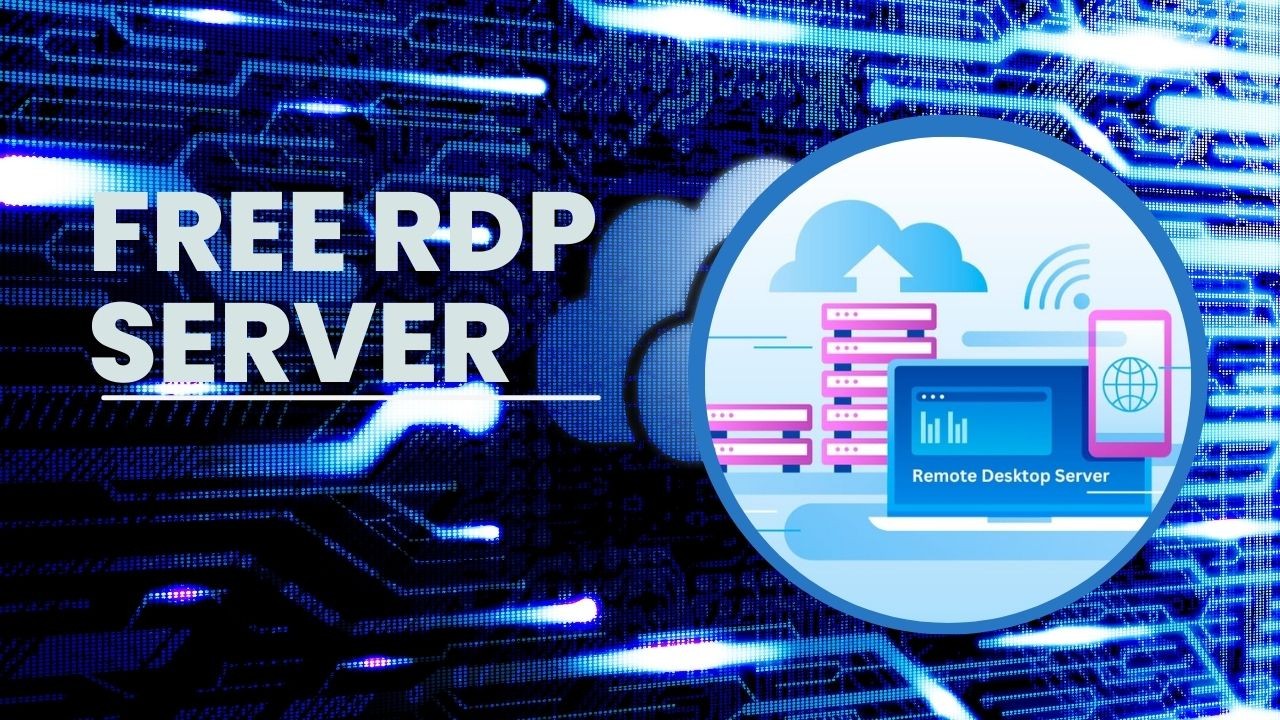If you need short-term access to a Remote Desktop Protocol (RDP) server with enhanced features, free trials can be an excellent solution. These trials offer full-featured services for a limited time, allowing users to evaluate the platform without incurring any cost. This article explores some of the best free RDP server trials, their features, and how to make the most of them.
What Is a Free RDP Trial?
A free RDP trial provides temporary access to premium RDP features, allowing users to experience advanced functionalities like high-speed connections, secure environments, and multi-user support. These trials are typically offered by cloud service providers and software companies.
Benefits of Free RDP Trials
- No Financial Commitment: Test premium services without upfront payment.
- Full Access: Enjoy all features of the service during the trial period.
- Short-Term Projects: Ideal for temporary tasks like testing applications or managing servers.
- Evaluation Opportunity: Determine if the service suits your long-term needs.
Best Free RDP Trial Providers
Below are some leading providers offering free RDP trials:
1. Amazon Web Services (AWS)
- Trial Period: 12 months (with limitations under the Free Tier).
- Features:
- Access to Amazon EC2 instances for hosting RDP servers.
- Scalable resources with configurations for Windows and Linux.
- High-speed connections and robust security.
- Limitations:
- Resource usage is capped under the Free Tier.
- Charges apply for exceeding usage limits.
- How to Use:
- Sign up for AWS Free Tier.
- Launch an EC2 instance with a Windows operating system.
- Use RDP client software to connect.
2. Microsoft Azure
- Trial Period: 30 days with $200 in credits.
- Features:
- Wide range of virtual machine options for RDP.
- High availability and integration with other Microsoft tools.
- Advanced security features.
- Limitations:
- Credits must be used within 30 days.
- Some configurations may exceed the free credit limit.
- How to Use:
- Create a Microsoft Azure account and activate the trial.
- Deploy a Windows virtual machine.
- Connect using the Remote Desktop client.
3. Google Cloud Platform (GCP)
- Trial Period: 90 days with $300 in credits.
- Features:
- Customizable virtual machines for RDP hosting.
- Global data center network for low latency.
- Secure and reliable infrastructure.
- Limitations:
- Resource usage is deducted from the $300 credit.
- Limited to new users.
- How to Use:
- Register for a Google Cloud Free Trial.
- Create a Compute Engine virtual machine with RDP support.
- Access the server using an RDP client.
4. Kamatera
- Trial Period: 30 days with $100 in credits.
- Features:
- Customizable virtual servers for RDP.
- Flexible configurations for CPU, RAM, and storage.
- 24/7 customer support.
- Limitations:
- Credits must be used within 30 days.
- No free tier after the trial.
- How to Use:
- Sign up for Kamatera’s free trial.
- Configure a Windows virtual machine.
- Connect via RDP client software.
5. Alibaba Cloud
- Trial Period: Varies by service (up to 12 months for eligible users).
- Features:
- Elastic Compute Service (ECS) for hosting RDP servers.
- Scalable and high-performance infrastructure.
- Comprehensive security options.
- Limitations:
- Usage caps apply for free trial resources.
- Limited to specific regions and user profiles.
- How to Use:
- Register for the Alibaba Cloud free trial.
- Launch an ECS instance with Windows.
- Connect using the provided credentials.
6. VPSWALA
- Trial Period: 7 days.
- Features:
- Pre-configured Windows RDP servers.
- Quick setup with no technical expertise required.
- High-speed access with basic resources.
- Limitations:
- Trial is limited to one server per user.
- Some features are restricted during the trial.
- How to Use:
- Sign up on the VPSWALA website.
- Select the trial RDP plan.
- Receive login credentials for immediate access.
How to Set Up a Free RDP Trial
- Choose a Provider: Select a provider based on your needs, such as duration, resources, or features.
- Create an Account: Sign up for the trial using a valid email address.
- Verify Identity: Some providers require identity verification via phone or email.
- Launch a Virtual Machine:
- Configure the operating system, CPU, RAM, and storage.
- Note the server IP address and login credentials.
- Connect Using an RDP Client:
- Download an RDP client such as Microsoft Remote Desktop.
- Enter the server IP, username, and password.
- Start the session.
Tips for Maximizing Free RDP Trials
- Monitor Usage:
- Keep track of resource consumption to avoid exceeding limits.
- Utilize All Features:
- Explore advanced tools during the trial to evaluate their value.
- Plan Short-Term Projects:
- Use the trial for tasks like app testing, training, or data analysis.
- Secure Your Server:
- Enable firewalls, strong passwords, and two-factor authentication.
- Evaluate Long-Term Potential:
- Assess whether the service fits your future needs.
Limitations of Free RDP Trials
- Time Restrictions: Trials are limited to a specific duration.
- Resource Caps: Usage limits may restrict advanced configurations.
- Requires Credit Card: Many providers require a credit card for trial activation.
- No Long-Term Solution: Trials are temporary and may lead to paid plans.
Alternatives to Free RDP Trials
If you need a permanent solution, consider the following:
- Lifetime Free RDP Servers: Options like Chrome Remote Desktop or FreeRDP.
- Self-Hosted RDP: Set up your own RDP server using Windows or Linux.
- Open Source Tools: Utilize free tools like TightVNC or Apache Guacamole.
Conclusion
Free RDP trials provide an excellent opportunity to explore premium remote desktop solutions without financial commitment. Providers like AWS, Microsoft Azure, and Google Cloud offer robust services with generous trial periods and features. By carefully selecting a provider and maximizing the trial, you can achieve short-term goals while evaluating potential long-term investments.
Whether for personal use, testing, or temporary projects, free RDP trials can serve as a stepping stone to understanding and leveraging the power of remote desktop technology.


